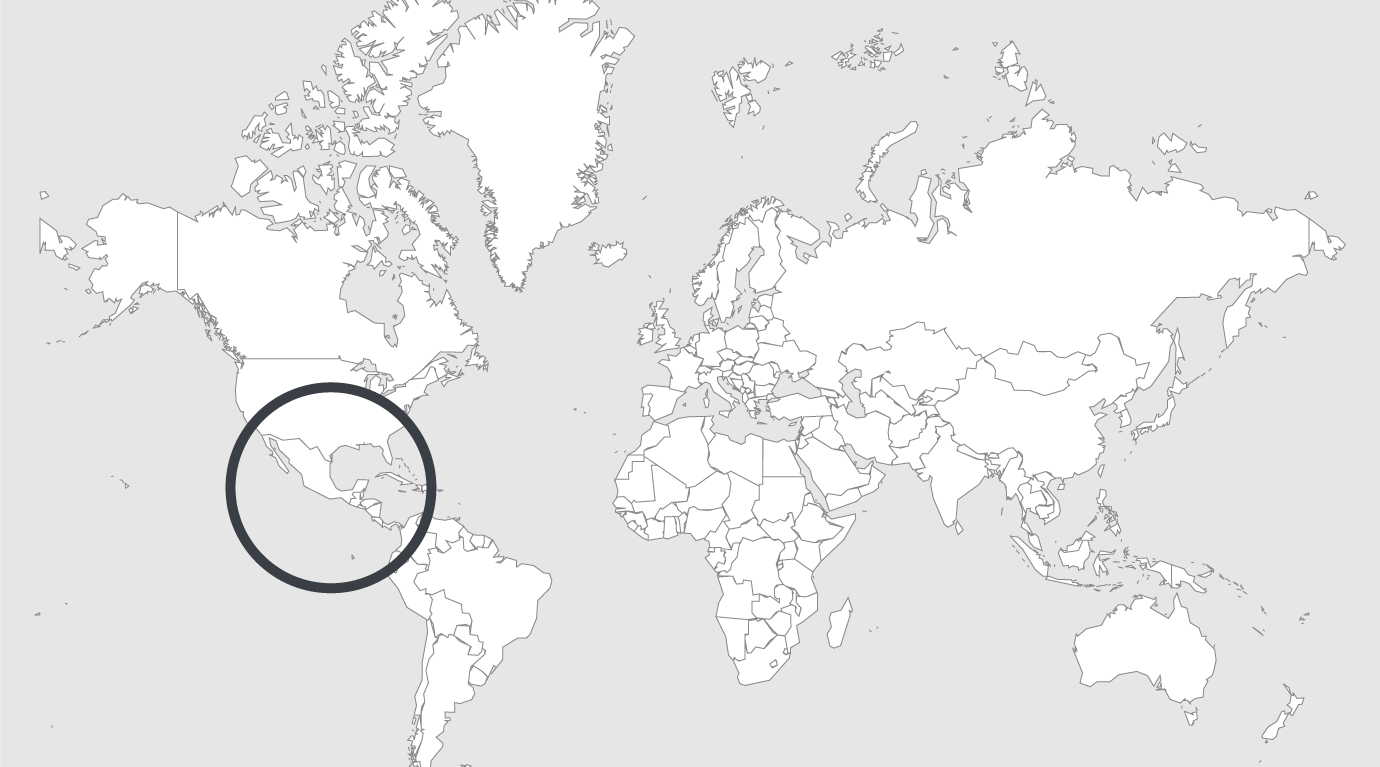
Explore
Honduras: where chaos reigns. Inside the San Pedro Sula prison
In San Pedro Sula’s jailhouse, chaos reigns. The inmates, trapped in their collective misery, battle for control over every inch of their tight quarters. Farm animals and guard dogs roam free and feed off scraps, which can include a human heart. Every day is visitors’ day, and the economy bustles with everything from chicken stands to men who can build customized jail cells. Here you can find a party stocked with champagne and live music. But you can also find an inmate hacked to pieces. Those who guard these quarters are also those who get rich selling air-conditioned rooms, and those who pay the consequences if they get too greedy. That’s how inmates live, on their own virtual island free from government interference, in the San Pedro Sula prison.
The Lawyer’s New World
The lawyer still remembers how he felt when he arrived. The year was 2012, and he was entering a new world. There were new rules and new roles. Time passes differently on the inside, he found out quickly, and banalities, while trivial on the outside, are treasures that one has to pay for and defend at any cost on the inside. He was in a tough position. The prison is divided by the type of inmate you are and the group with which you are affiliated. The most numerous prisoners – and therefore the most powerful group – are called “paisas.” Paisa is a generic name in Central America for inmates who have no affiliation to a larger, organized criminal group: car thieves, petty drug dealers, and murderers are all paisas. The paisas are the largest bloc, but they are far from being unified. Their power disputes have led to treasonous acts and conspiracies, coup d’etats and wars.
Inside this new world, the lawyer also found infamous predators. The Mara Salvatrucha 13 (MS13) and the Barrio 18, which according to government authorities and the US Treasury Department are two of the largest and most dangerous gangs in the world, were housed on opposite sides of the jail because of their perennial blood-feud. There were also inmates with mental problems and a group of female prisoners, each of whom have their own section. There were ex-police officers as well; ironically, they were housed next to the MS13. And there were those who had prestige or contacts in high places. They had a separate cell bloc and each prisoner had their own cell, which they refer to as “private rooms.”
Read the entire article
